Bhakti and Yoga: A Discourse in Seventeenth-century Codices
The religious order named dādūpanth, which originated in Rajasthan, produced a wealth of manuscripts from about 1600 onwards. From the beginning of this manuscript culture, huge codices were produced representing a chorus of voices, and reflecting the decisions made by the compilers or copyists regarding the validity of texts or entire traditions. These codices also served as the study manuals and homiletic tools of the compilers and copyists, all of them br>sadhus, who were more often than not also the users of these books. The discourse generated by them represents the intellectual and religious cosmos of their makers. In these codices, bhakti texts and the Vernacular works of yogis are transmitted simultaniously, along with works representing a broader Vaishnava tradition, thereby documenting the dialogue of bhakti and yoga, and how commonalities and boundaries between the two were negotiated. Two texts published in this study for the first time, one by a pre-dādūpanthī nāth sidhha, the other by dādūpanthī Yogi are good examples of this. While the site of this dialogue are dādūpanthī manuscripts, the dioscurian relationship between bhakti and yoga is shared by a wider religious milieu, including, notably, the nirañjanīs, who may have emerged as an order slightly later than the dādūpanth, but whose roots are pre-dādūpanthī. The link between the dādūpanthī sadhu describes and the nirañjanīs is documented in epigraphy and the colophons of manuscripts. It is this wider religious milieu that accounts for the structure of dādūpanthī codices.
Get it now and save 10%
BECOME A MEMBER

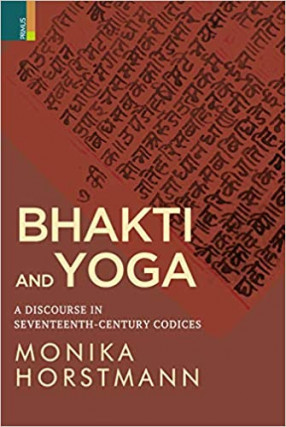

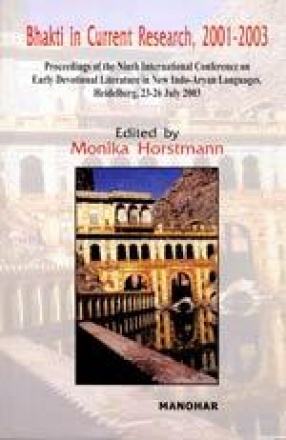
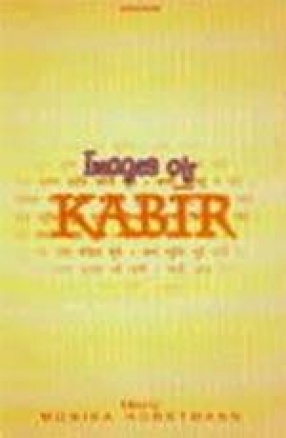
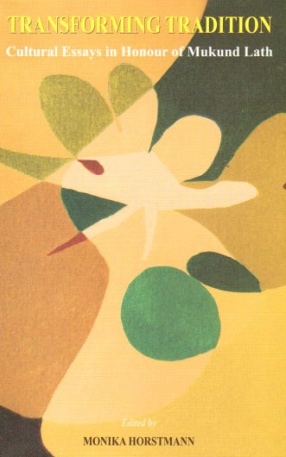

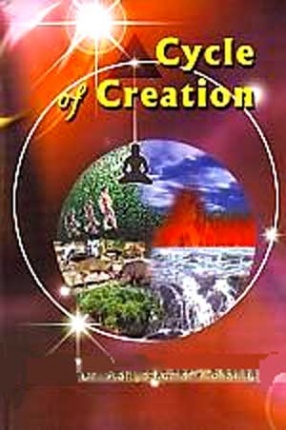
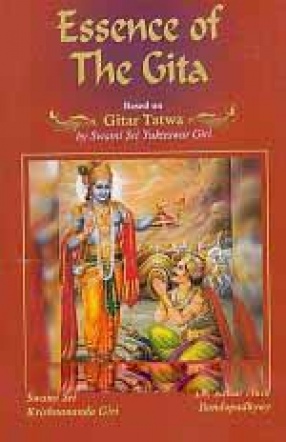

Bibliographic information